The California Aeronautical University Airline Cadet Program can help student pilots succeed in a beginning a commercial pilot career; here’s how.
It is wise for pilots wanting to fly commercially with an airline to make a relationship with a potential employer before completing their education as airlines create a strong hiring pool. Regional airlines themselves, such as SkyWest, Piedmont, Air Wisconsin and many others, are connected to large major airlines, and can provide a stepping-stone to jobs with the likes of United, American, Alaska, and Delta. Some even provide tuition reimbursement.
Beginning a venture with these programs while still a student can reap benefits for years to come. Here are just a few.
Form Contacts in the Airlines World
Aviation is a satisfying career because it is merit based: A private certificate holder who has flown as pilot in command for two hours is not eligible to get a job flying a wide body jet for a major airline, no matter who they might know or what kinds of connections with their family has. Our airline cadet program, however, can invite mentorships and contacts in the aviation world long before a student pilot becomes legally hirable.
Not only can these connections help in the job market, they provide a priceless resource of experience and coaching. Especially for students who do not have a family history of pilots or even any friends in the field. The network of the cadet program provides an instant pool of role models, encouragers, and potential references for when the time comes to enter the job market. Once settled into a career, former members of cadet programs can then return the favor as mentors themselves, strengthening their bonds in the aviation community and helping the whole industry to grow and thrive. There are no down sides to a strong network like the one provided by a airline cadet program.
Practice Your Best Professional Self
Bridging the gap between aviation enthusiast and private pilot to flying for hire or becoming a degree-holding airline pilot can seem intimidating. Especially with industry resources, new pilots might not know how to conduct themselves online, during a job search, or throughout an interview. Cadet programs give aviation students a chance to rehearse in these situations.
Many cadet programs invite members to seminars, facility tours, or fly-ins. These offer an opportunity to practice communication skills in a semi-professional setting. In addition, as a member of our airline cadet program, pilots might find themselves bound by a social media agreement. This provides practice in forming a professional online presence that is substantive, thoughtful, and authoritative. By doing so, a member of a cadet program will find themselves miles ahead of a job candidate who has to spend several frantic late-night hours scrubbing problematic social media posts. The student cadet, already considered part of an aviation family, has likely long since begun projecting major airline-quality professionalism.
Exclusive Job Track
Many cadet programs form an exclusive job applicant pool. Some guarantee an interview; others hold jobs for their cadets if they remain pilots in good standing with the FAA and have met all requirements. Knowing that a job is waiting is a strong motivator to push on with course material even when it seems difficult.
Forming ties with a company early can help provide a sense of corporate identity early and assist in feeling at home even before paychecks begin to arrive. Cadet programs help to forge strong employer-employee relationships and can help to ease each transition a pilot will experience throughout his or her career.
Defined Goals and Career Tracks
Pilots tend take on delineated tasks well and usually regard responsibility, job details, and safety seriously. With checklists to follow, plenty of rules to keep track of, and all kinds of math to compute, career pilots don’t usually spend a lot of time with their head in the clouds even though their job literally takes them there. Those with these character traits tend to do well in situations with a defined career path and step by step progression. Our airline cadet program provides precisely this. New pilots can invest time and energy into learning and gaining experience instead of chasing work and fretting over job announcements.
The Federal Aviation Administration (FAA) has laid out a specific path from student pilot to career airline pilot. Since for the most part one certificate cannot be completed without another, and all demand a certain amount of time as pilot in command, the well-marked trail from student pilot to private pilot, instrument rated pilot, commercial pilot, certified flight instructor, multiengine pilot, and airline transport pilot are stacked in a nicely achievable ladder.
Our airline cadet program is structured in much the same way. They encourage completion of the private certificate, as well as the instrument rating, to learn the fundamentals of aviation and flying safely at night as well as in inclement weather. Becoming a commercial pilot is a must to generate income in the sky. Many pilots build time in the cockpit as a flight instructor while sharpening their aviation skills, and the majority become CFII (Certified Flight Instructor-Instrument) so that they can help student pilots earn an instrument rating.
It can seem overwhelming to peer into a cockpit for the first time and contemplate commanding a Boeing 777, but stepping from a private certificate to the addition of an instrument rating seems doable. When this is translated to the airline cadet program, which involves completing an aviation degree or commercial certificate, joining a regional airline, and hiring onto a major airline, student pilots are more easily encouraged and motivated.
Ready to soar in your aviation career?
Mr. Matthew A. Johnston has over 23 years of experience serving various roles in education and is currently serving as the President of California Aeronautical University. He maintains memberships and is a supporting participant with several aviation promoting and advocacy associations including University Aviation Association (UAA), Regional Airline Association (RAA), AOPA, NBAA, and EAA with the Young Eagles program. He is proud of his collaboration with airlines, aviation businesses and individual aviation professionals who are working with him to develop California Aeronautical University as a leader in educating aviation professionals.
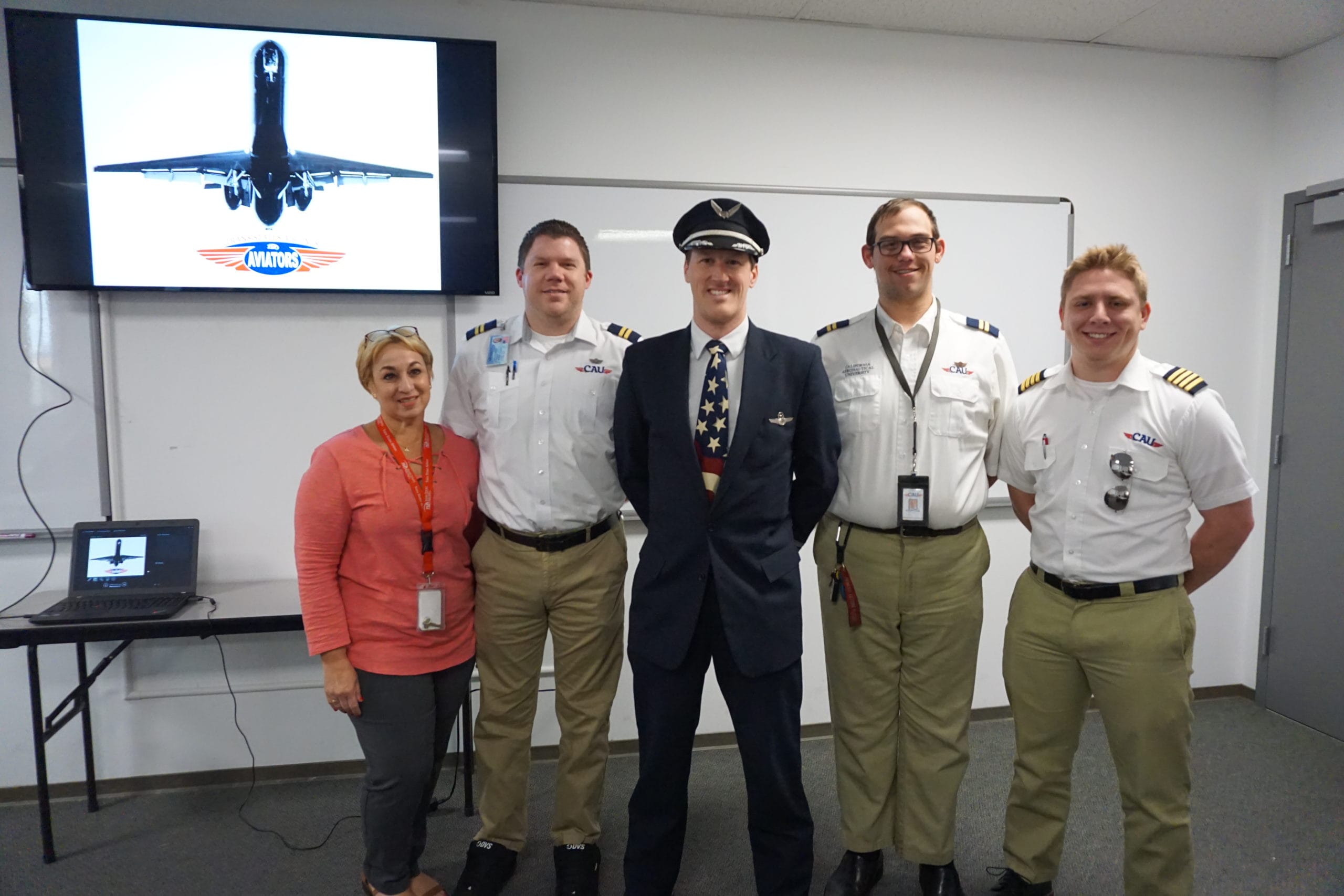

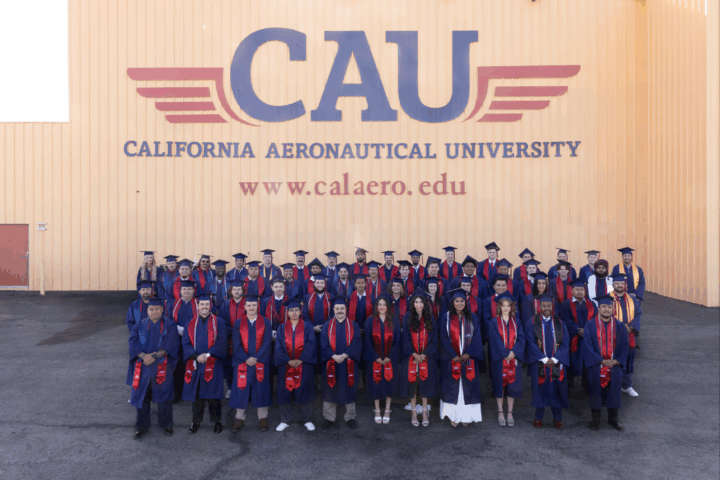
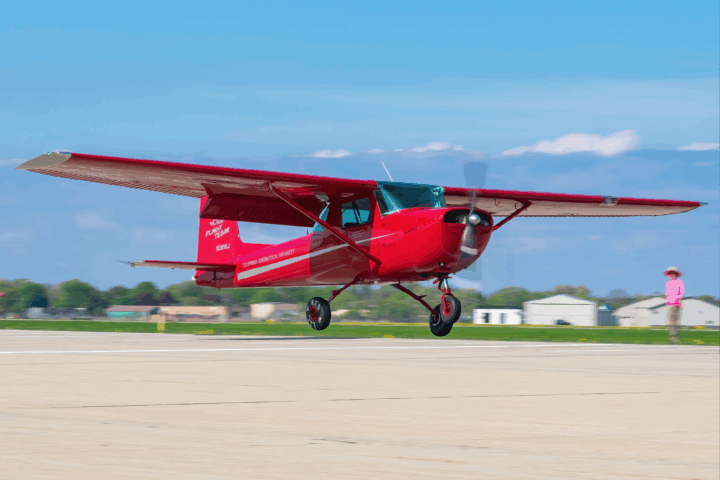
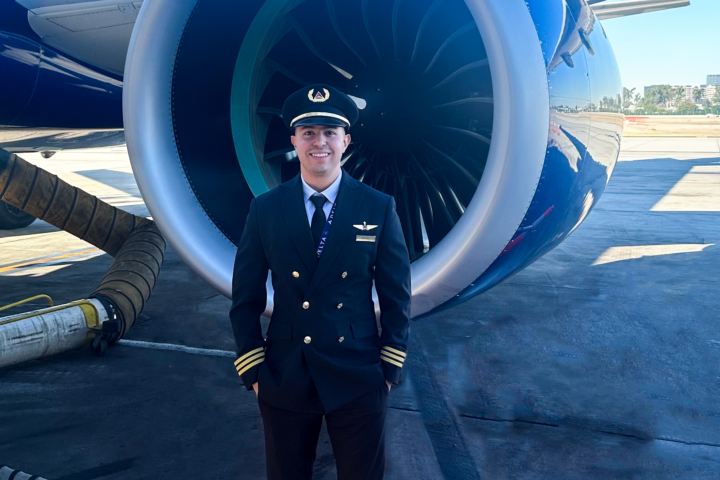
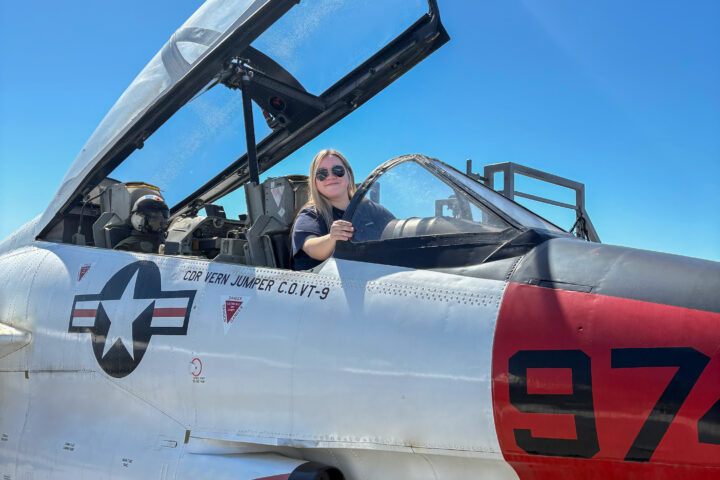
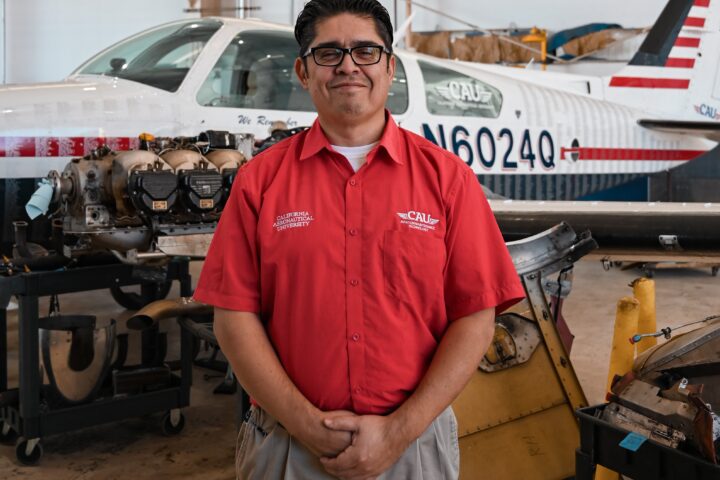

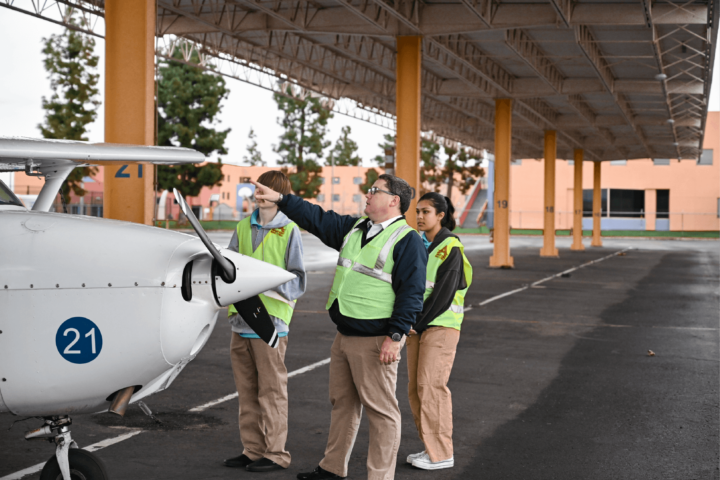
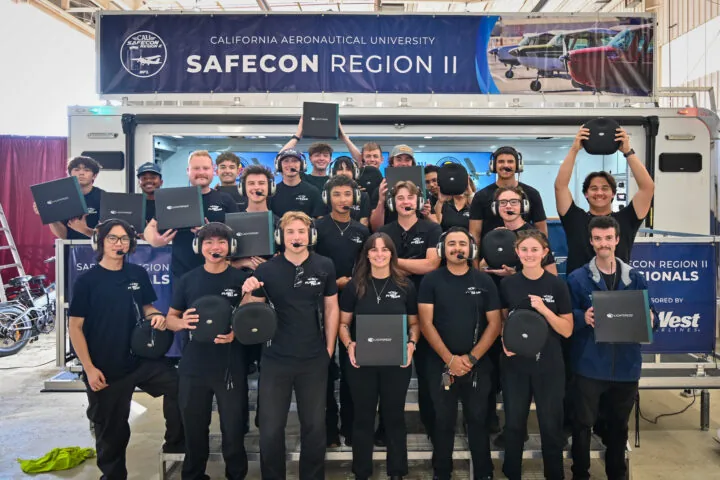
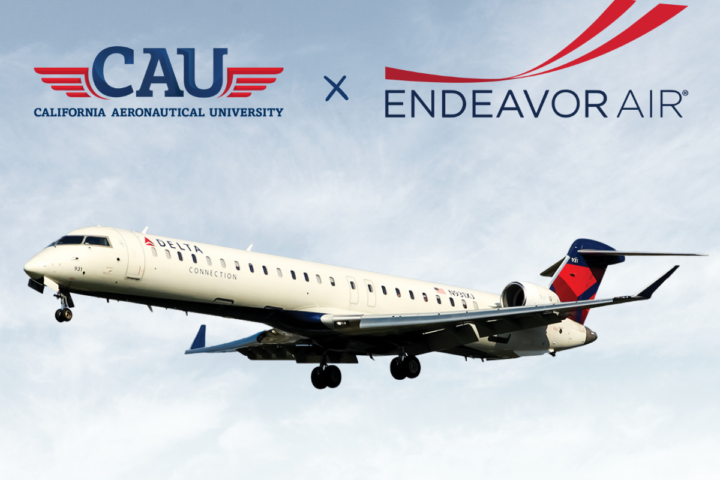
Dear all
May I know more about cadet program, the cost how long it takes and is there opportunity to get a job after graduation, either I am 35 years old so it is possible for someone in my age start his career as a pilot
Thank you so much for your comment! We’d love to speak more with you about our programs and cadet program. Please contact us at 661-615-5915. We look forward to speaking with you!